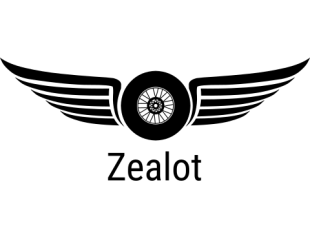UPjunkie
You probably don't want to hear from me again.
But I'm still confused as to what you are trying to achieve. All your track plans are very nice for older era short line, point-to-point operation with good scenic and switching possibilities. Yet, your "handle" and the fact that you have what appears to be a big time turntable and roundhouse drawn in the lower left, leads me to believe you really would rather run big time steam power such as the UP Challenger and Big Boy. Also, I see 3 "operators" in the plan. Are you going to normally operate with 3 people? I assume we're still talking HO.
The easiest way to get at your true feelings is to find out what locomotives you own or contemplate buying in the near future. Also, do you own any passenger cars (or planning on buying any in the near future)? If yes, what type (streamline, heavyweight, 19th century, Overtons)?
The layout you designed this time cries out (to me, but I have my prejudices) to be a geared steam logging and/or mining operation. A Bachmann Climax or two (or smaller geared steam or diesel switcher) would be perfect. Are you going to be happy with that kind of layout - a geared engine pulling a 6-8 car train plus engine and caboose? You can really only run two trains at once on this layout. And both will have to be attended due to the short run and the need to break down and recreate a train at the other end.
But I suspect you'd rather being running 18 car trains with big steam on a continuous loop. If that is the direction you really want go, then a donut type arrangement is going to maximize your space.
If the illustrated concept is still what you want, then the following comments apply. It is a good starting point.
1) Access problems. In several places, your benchwork is over 3 ft wide. The top right corner (your mine) is 4.5 feet from the aisle. Depending on the height you build the layout at, your maximum reach for construction and maintenance is between 30 inches and 36 inches. You have to especially watch the corners - two 3ft deep shelves end up with a 4.5 ft reach on the diagonal to the back corner. So your layout sections should generally never be more than 30 inches deep if placed against a wall.
2) Passing siding length. This determines and/or is sized by the maximum length train. Coyote Siding is about 4ft long or less. Each car in HO is about 6 inches long - old time, log, or mine cars tend to be 1/2 or 1 inch less.
3) Switching complications. Both terminals have one end of the runaround track using the turntable. One of the "rules" in small layout design is never to waste precious space on doing the same feature twice if it can be avoided. I would recommend incorporating an Inglenook switching puzzle (see
http://www.wymann.info/ShuntingPuzzles/) at one terminal, and let the other terminal have a proper runaround. Build the Inglenook first and see if you like switching before building a layout around it.
4. Turntable size. As sketched, the engine storage tracks and roundhouse are way too small for the turntable. You need to know what engines are going to be used. Geared steam needs 8-9 inches at most for a 3 truck monster. A Big Boy needs an 18 inch turntable. Engine house tracks should be twice as long as the turntable for good looks, but could be compressed to 1.5 times the turntable length.
The two good ways I know of to not try to draw more than will fit is
1) use the Atlas RTS software. It's free, and because it's limited to Atlas sectional track, you can be sure what you generate in the program can be built. I use it as a sanity check all the time to avoid overcrowding my plans. Even though I can hand lay my track to much tighter clearances, the Atlas software forces me to cut back and leave room for some scenery.
2) tape off the benchwork outline on the floor. Use actual track pieces and lay it out on te floor.
Drawing freehand sketches, and even scale sketches tempt me to overcrowd.
Good work, the Coyote Creek is coming along. Don't stop now.

